
Is there anything more harmless than a turtle? (Unless, I suppose, you’re a nice, leafy vegetable.) Turtles and tortoises—the main difference is that turtles dwell at least partially in water, while tortoises live exclusively on land—are slow-moving, peaceful animals whose main form of protection from the outside world is a hard shell. Not for nothing do we have the fable of the slow and steady tortoise winning the race. Turtles have existed in some form for more than 220 million years, outlasting their early contemporaries the dinosaurs. Long-lived turtles and tortoises are symbols of perseverance in the natural world.
Unfortunately, the rules of the race are changing. Turtles and tortoises are among the world’s most endangered vertebrates, with about half their more than 300 species threatened with extinction. Only primates—human beings expected—are at greater risk of being wiped off the planet. The threats are many. The animals are collected by traders, eaten in the wild and in fine restaurants, used as pets or for traditional medicine, and sometimes simply killed. The very adaptations that once made them so successful—their long adult life span and delayed sexual maturity—has made them vulnerable as the world around them changed, mostly thanks to human beings. Climate change threatens them as well—a recent study found that as the water warms, more and more sea turtle hatchlings are being born male, which could eventually make it impossible for the species to reproduce successfully.
A 2011 report from the Turtle Conservation Coalition makes it clear: we need to act now if we’re to save the turtles and the tortoises:
We are facing a turtle survival crisis unprecedented in its severity and risk. Humans are the problem, and must therefore also be the solution. Without concerted conservation action, many of the world’s turtles and tortoises will become extinct within the next few decades. It is now up to us to prevent the loss of these remarkable, unique jewels of evolution.
As we mark World Turtle Day on May 23, spare a thought for these armored but endangered creatures.

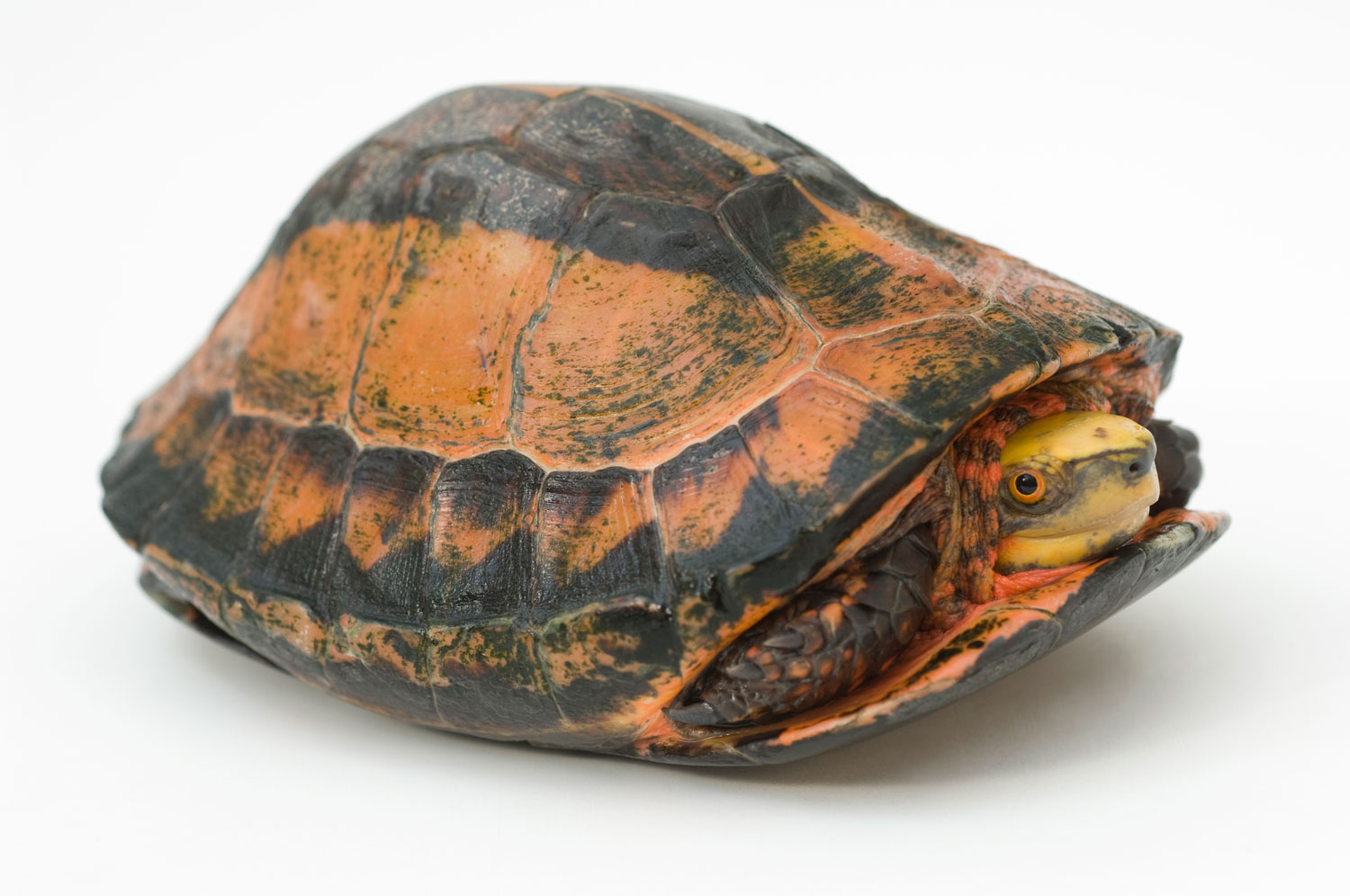

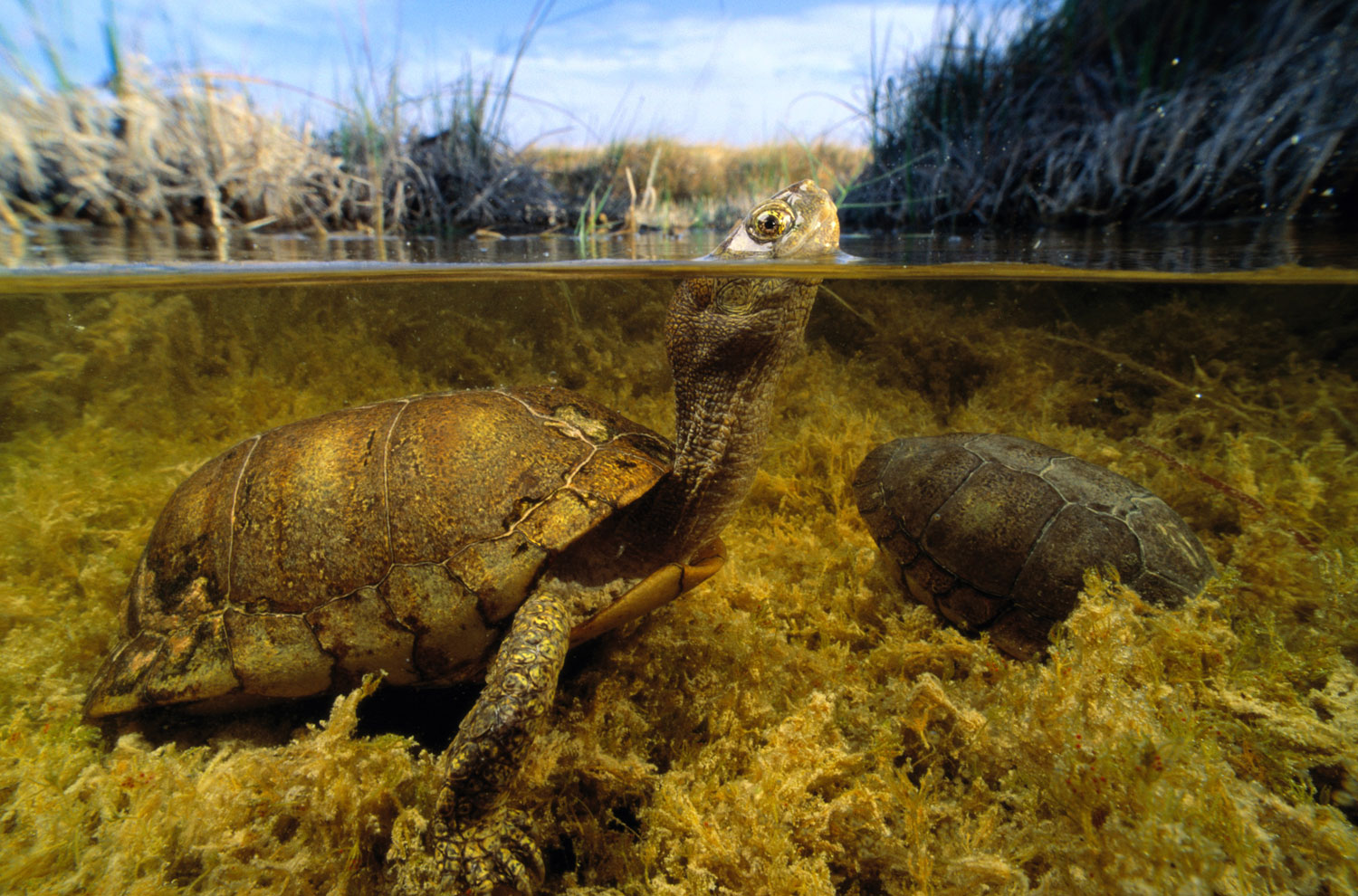
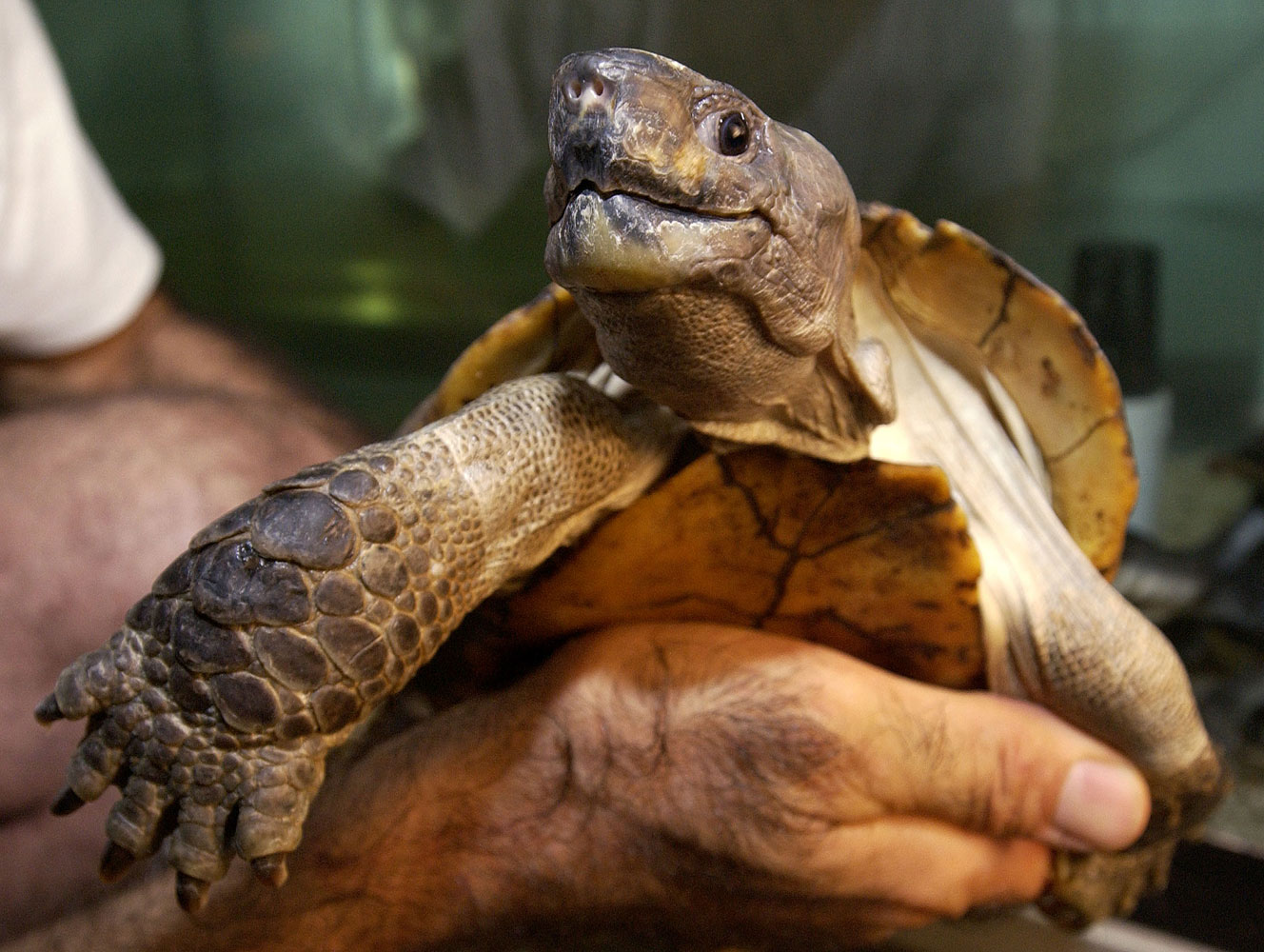
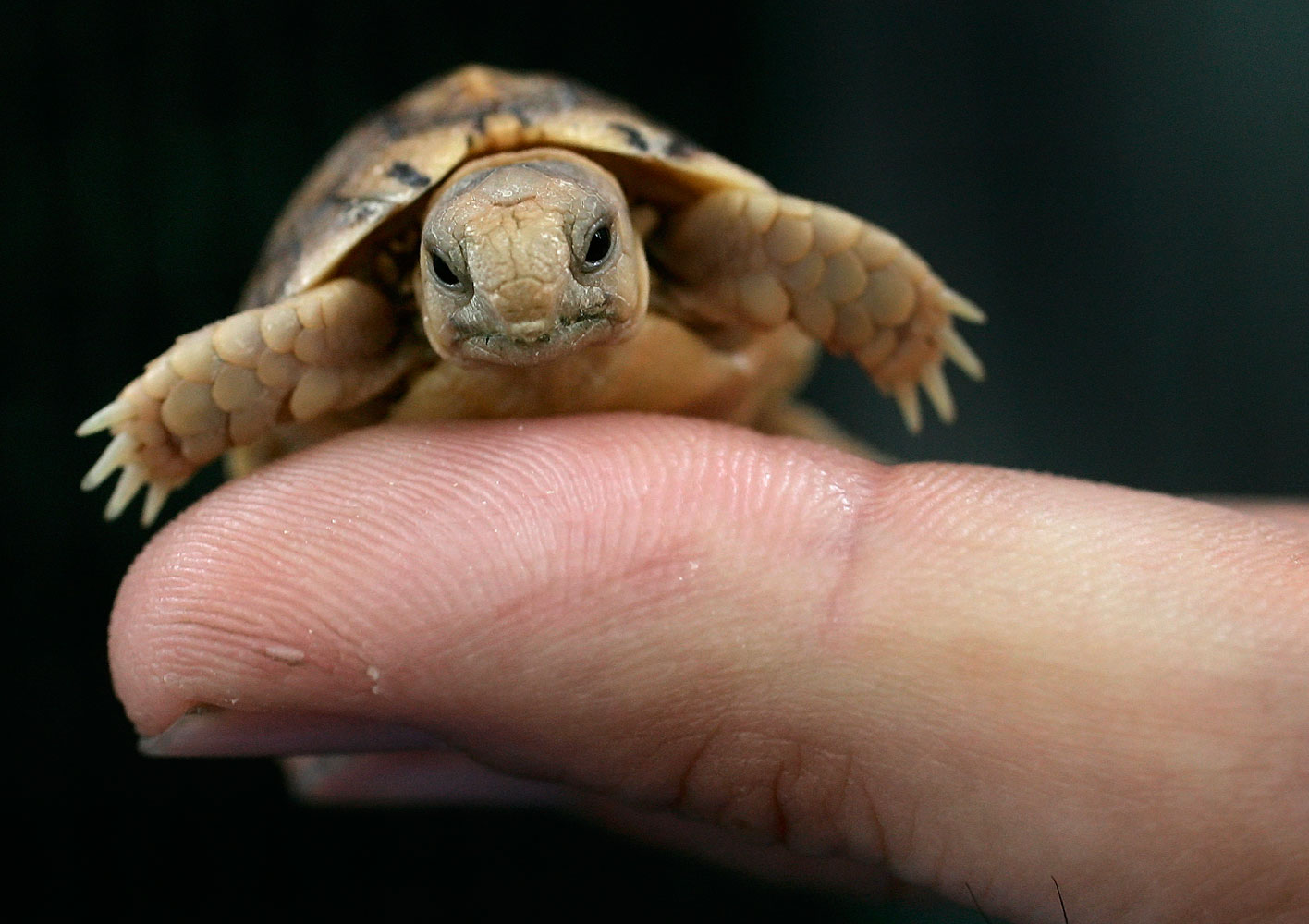
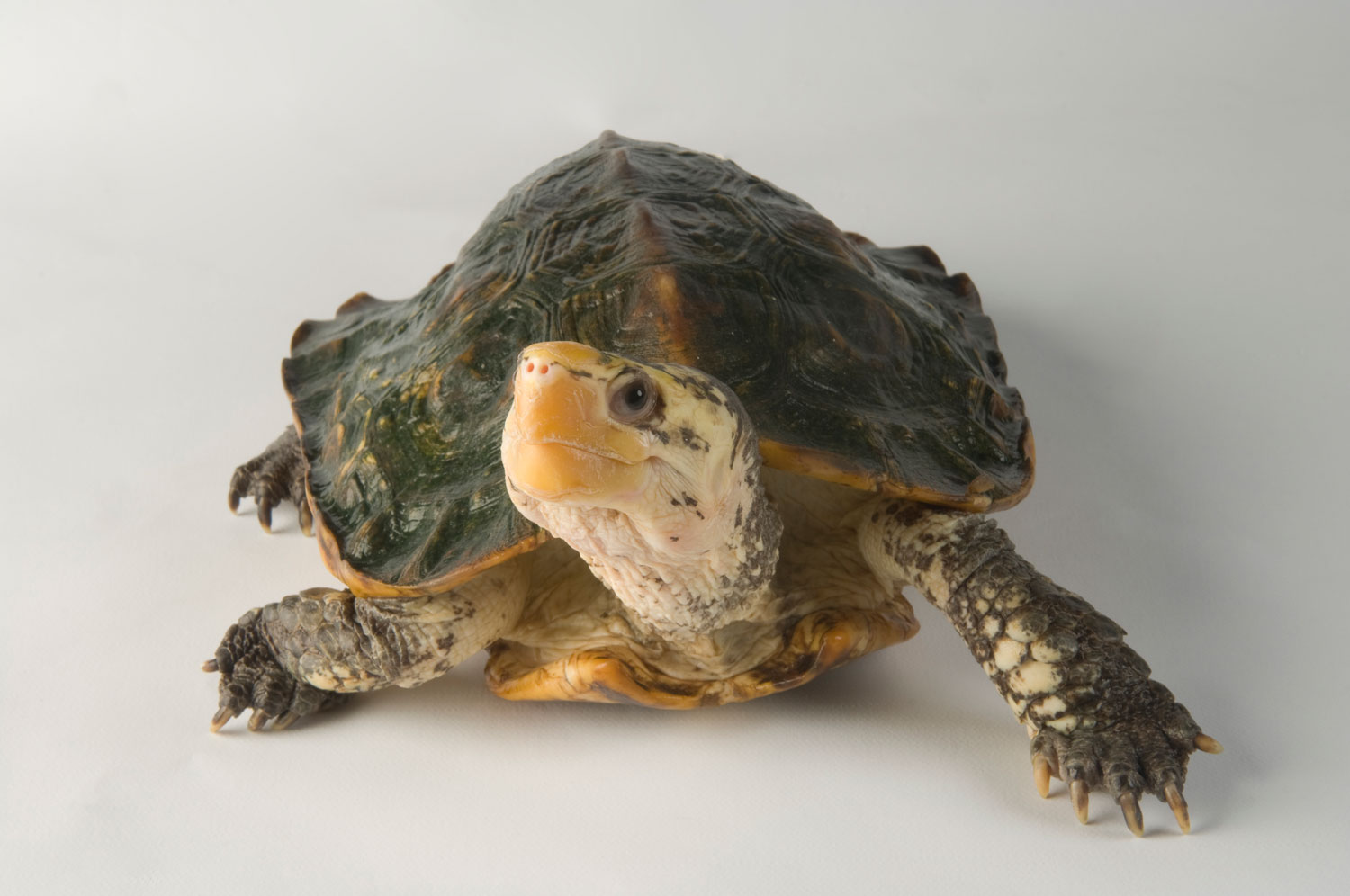
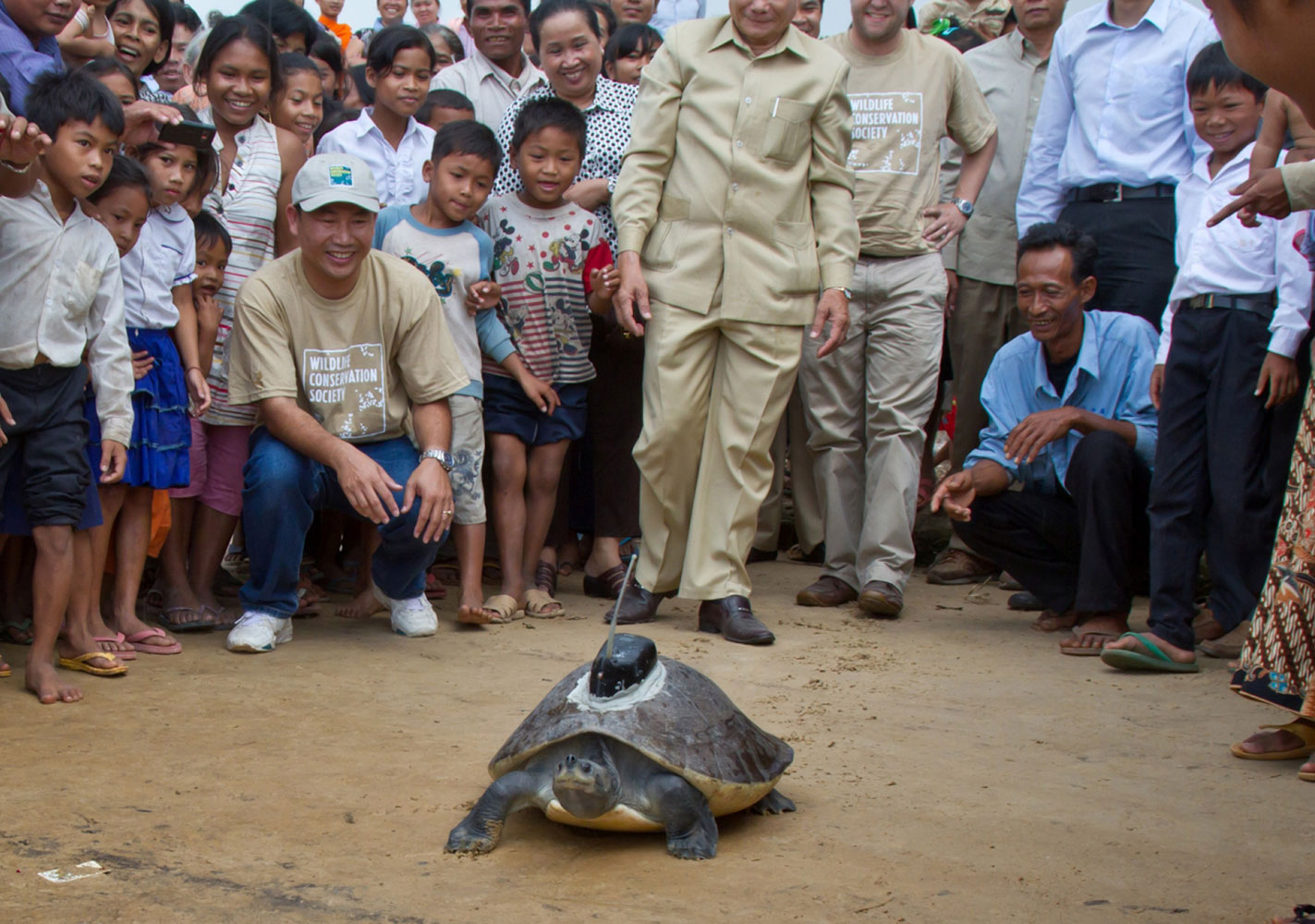
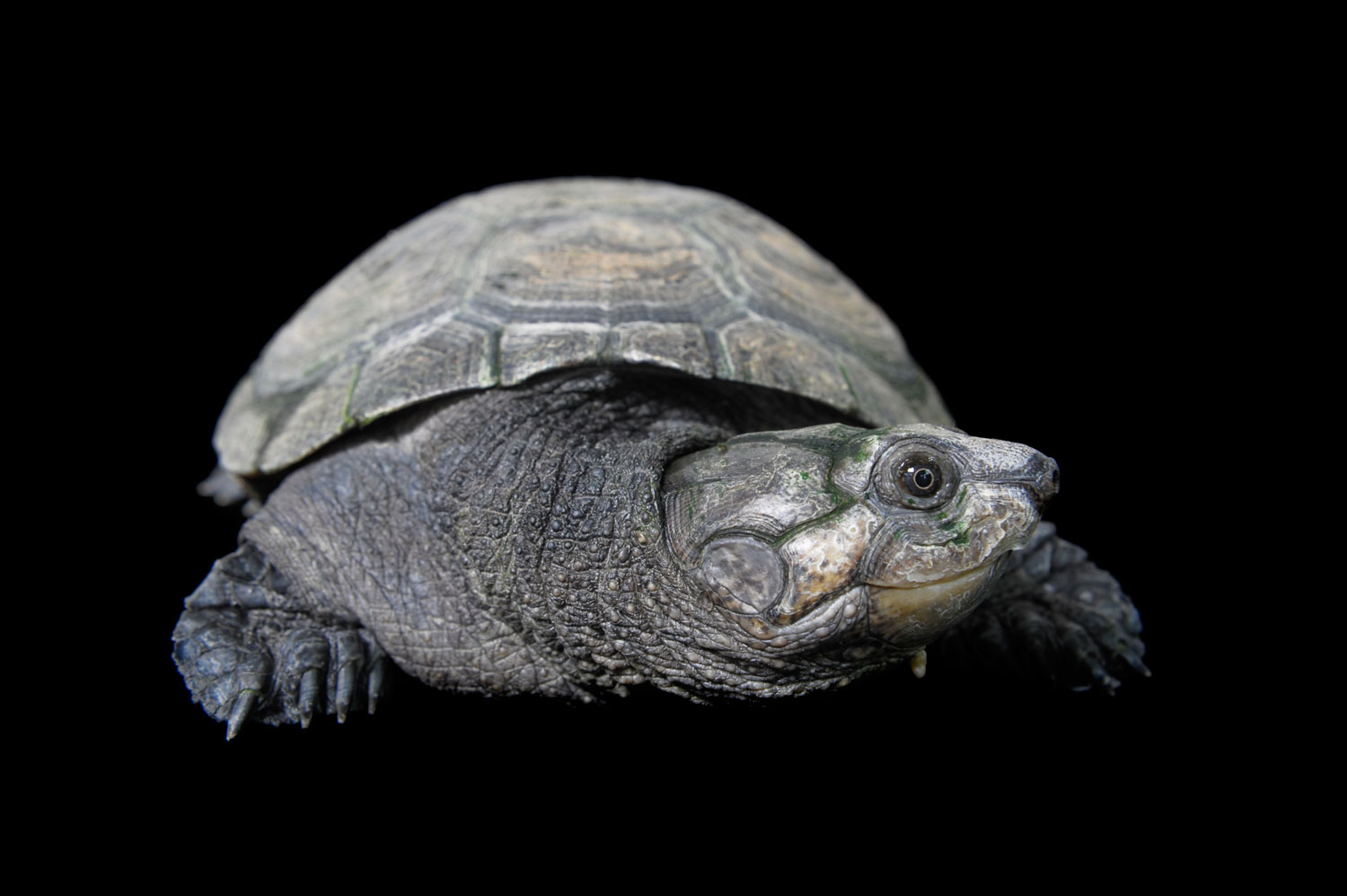
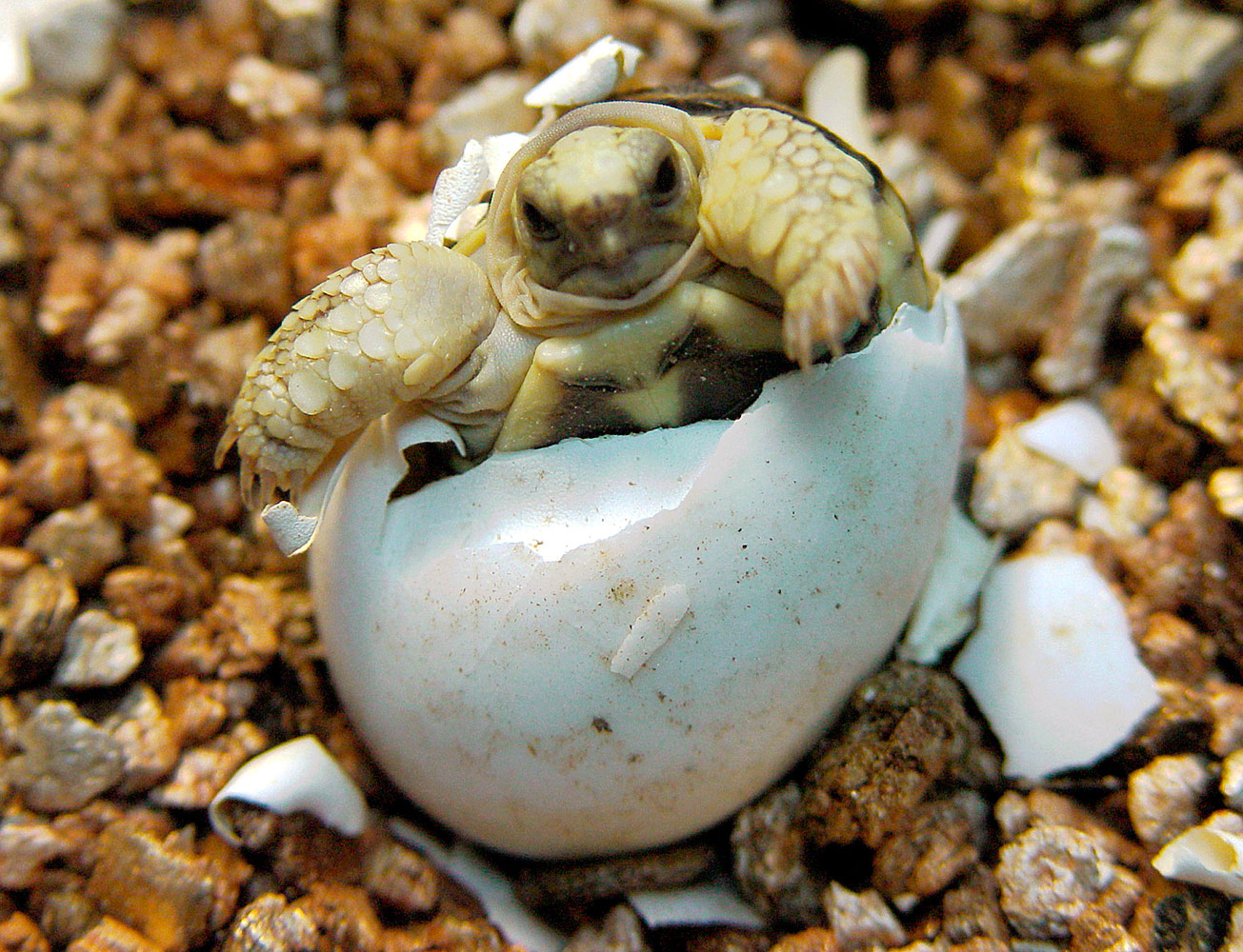
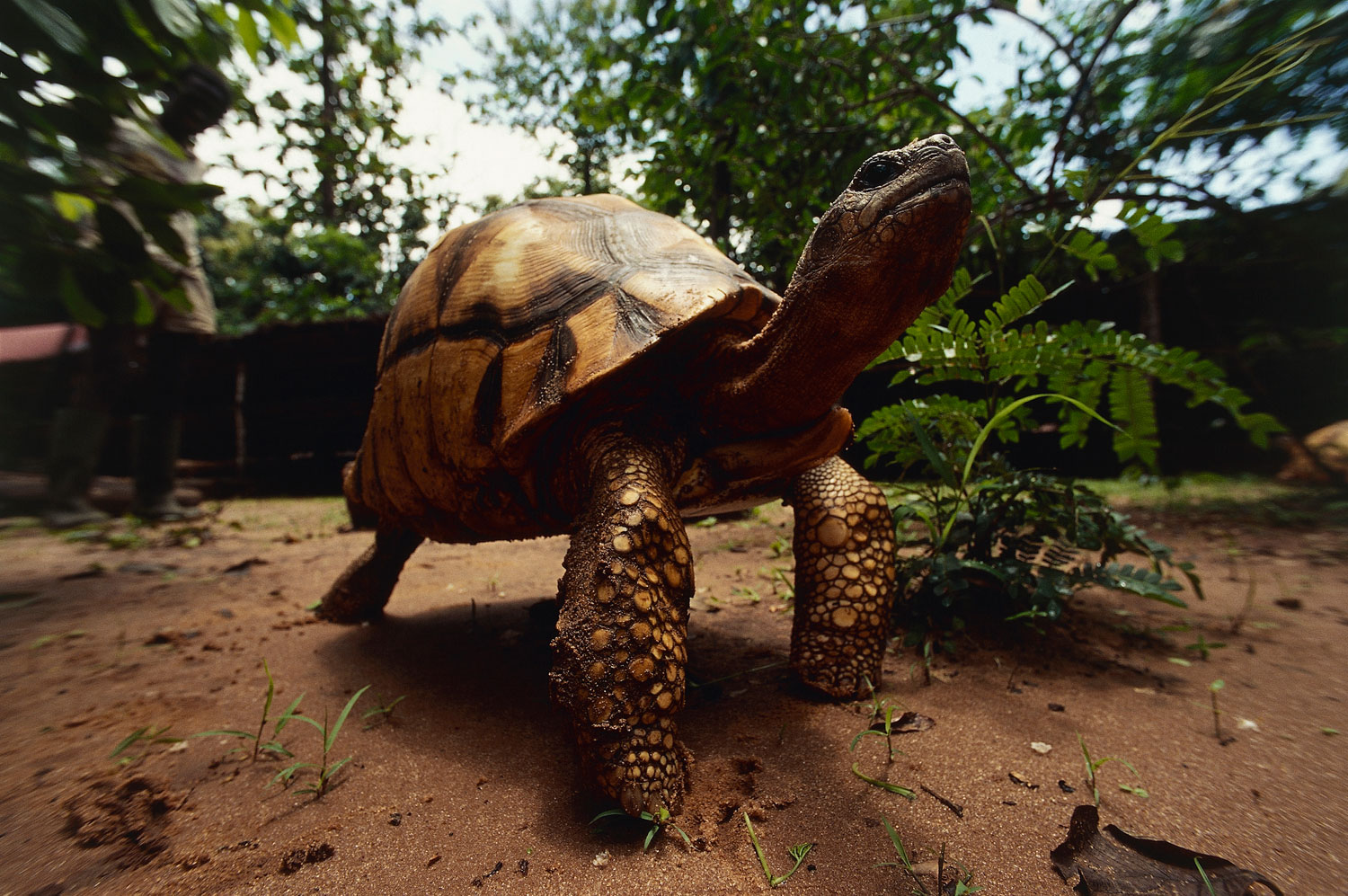

More Must-Reads From TIME
- Dua Lipa Manifested All of This
- Exclusive: Google Workers Revolt Over $1.2 Billion Contract With Israel
- Stop Looking for Your Forever Home
- The Sympathizer Counters 50 Years of Hollywood Vietnam War Narratives
- The Bliss of Seeing the Eclipse From Cleveland
- Hormonal Birth Control Doesn’t Deserve Its Bad Reputation
- The Best TV Shows to Watch on Peacock
- Want Weekly Recs on What to Watch, Read, and More? Sign Up for Worth Your Time
Contact us at letters@time.com